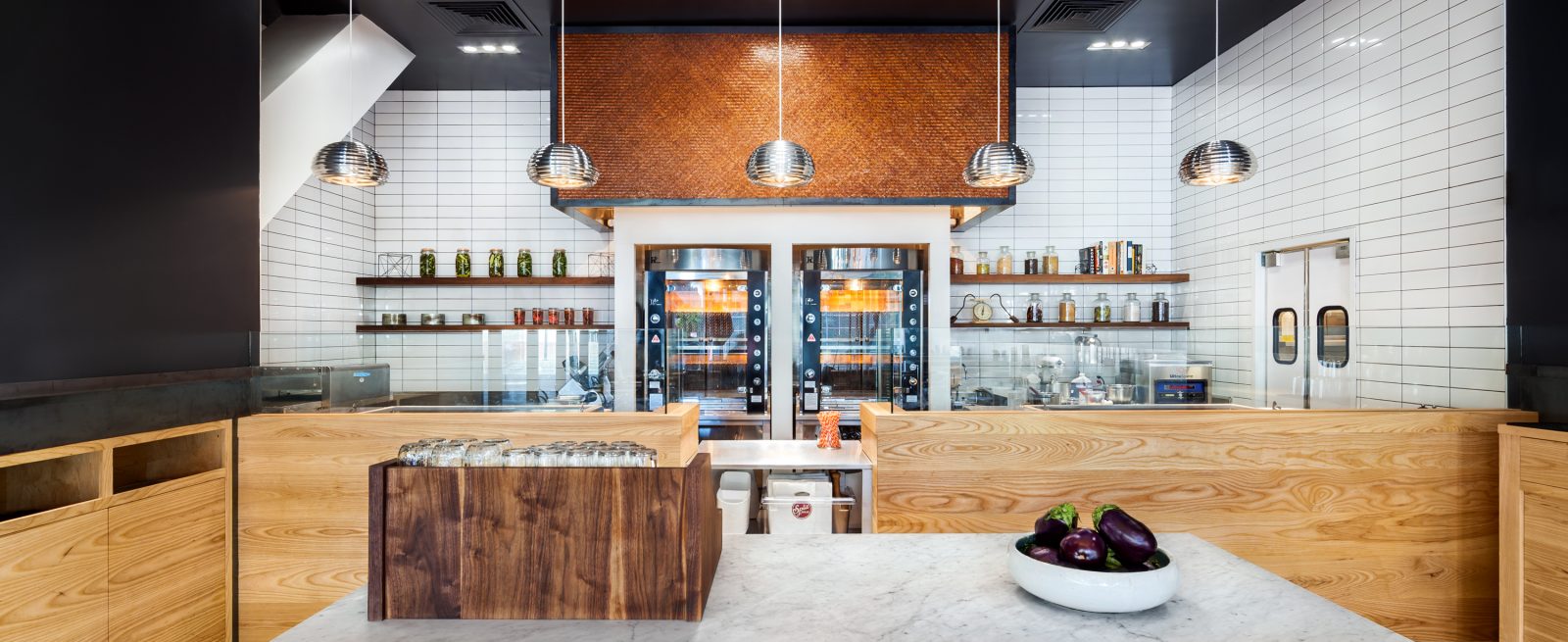Eight Ways Restaurants Can Prepare for a New Normal
5 Min Read By Neil Ginty
The emerging consensus for dealing with the coronavirus is the need for a transition back to “normality." That transition should see a gradual reopening of society with restaurants expected to return early while music festivals and ballparks may take longer.
Restaurateurs are being creative about managing their medium- to long-term operations as a cautious public return. Restaurant management software company Upserve and restaurant-designers William Duff Architects speak here about evolving trends they are seeing and discussed some ways the dining experience might look and feel different as the new normal unfolds.
Dedicated Take-out Area for Staging
The pandemic has encouraged many restaurants who had not considered take-out to start offering it. Online ordering systems like Upserve and third-party delivery apps have made this an increasingly realistic prospect.
Senior Director of Communications at Upserve Amber van Moessner spoke about take-out operations being useful for some restaurants in the longer term. “If you’re a bar, you could serve coffee and pastries during the day to keep different revenue streams open while not having to use the resources of a whole restaurant."
A dedicated staging area for prepared food and waiting delivery drivers facilitates an efficient operation and is worth considering for restaurants who did not previously offer take-out. “Having a special area for a take-out window, thinking about that long term is a really smart idea,” she said.
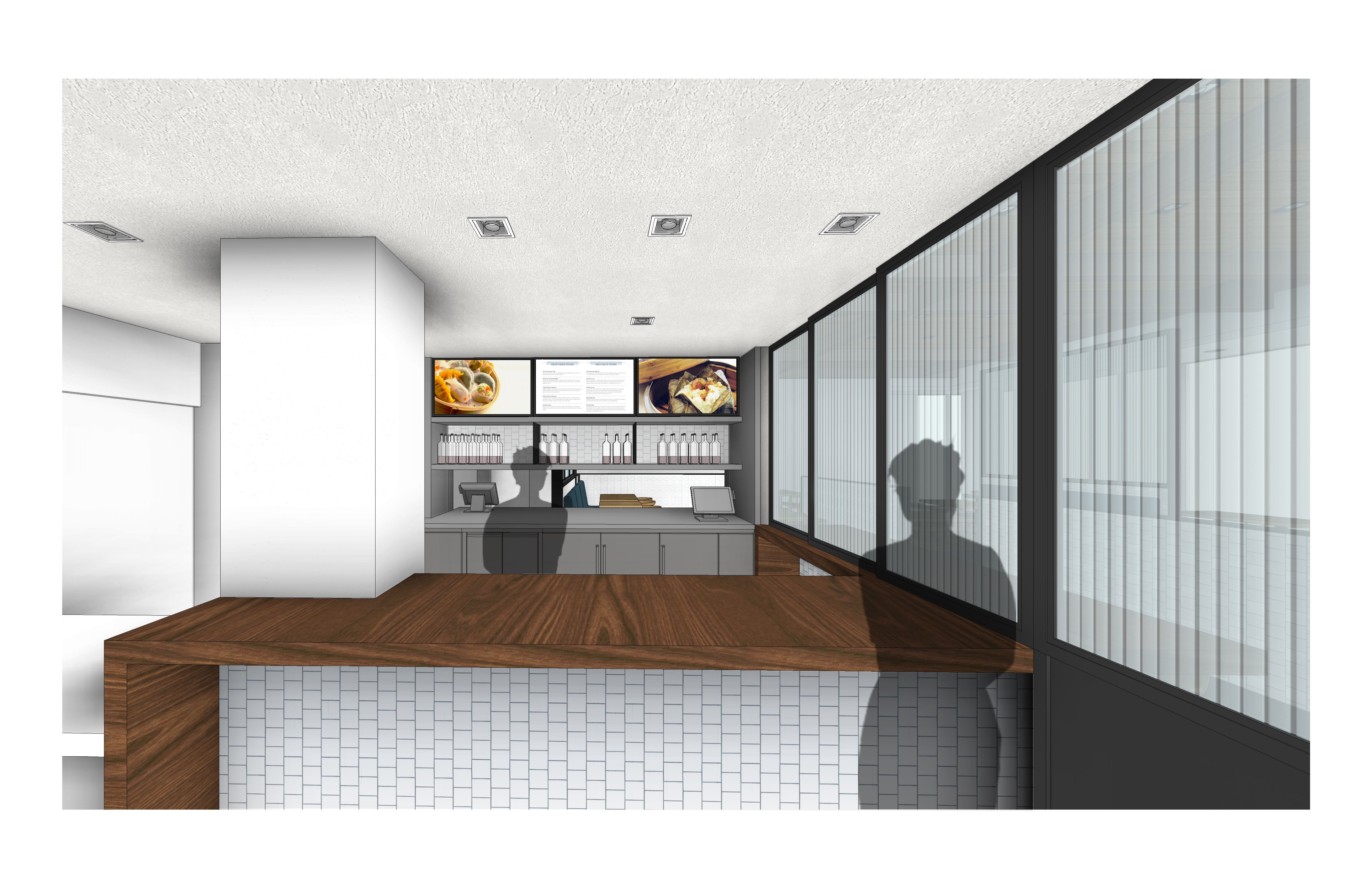
Partnering a Fine Dining Experience with a Take-Out Option
For most fast-casual eateries, their necessary flow of people traffic as it exists may serve them well, but many restaurants will want separated functions to preserve the dining room experience. Having two separate entrances is one thought but this may not be feasible for everyone. Layout tweaks and design interventions can isolate each environment depending on the kitchen’s location and potential routes from it to a take-out area.
William Duff Architects Founder William Duff spoke to adaptability being key to achieving this successfully. “Our design for Yank Sing featured transformable spaces using movable partitions and adaptably technology. The bar area in the restaurant can be separated with a physical barrier and become its own separate take-out space,” he said.
“When there isn’t a heavy need for take-out, it can be part of the restaurant with screens displaying artwork relating to the restaurant theme. Those screens switch to menu boards when the take-out area is sealed off from the dining room.”
Social Distancing in the Dining Room
It will be important to balance the table-turns required to return to profit while acknowledging lingering desires for physical distancing. How restaurants are laid out, in terms of flow and concentration of seating, will be key sensitivities to address.
How the public maneuver around a restaurant will be important with separation between tables likely being demanded until the virus is mitigated. Upserve's van Moessner spoke to the tradition of restaurants squeezing people in and how, “many expect to have reduced capacity when they reopen. What the floor plan looks like is going to be very important because folks might want to be more spread out.”
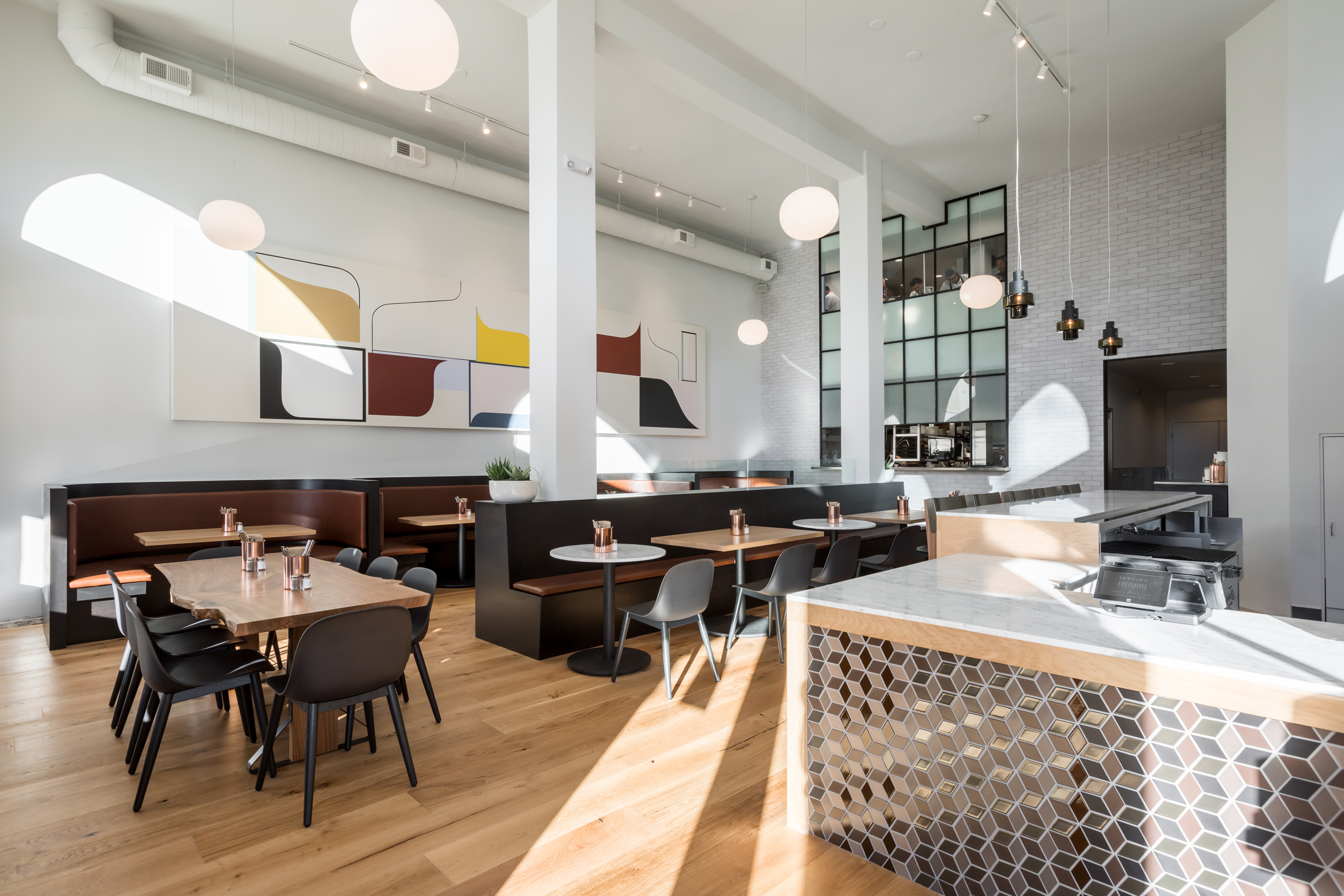
The concentrated nature of the communal table may be unpalatable for cautious diners though Duff does not envisage their permanent decline and suggested physical barriers instead of spacing. “I don’t see the death of the family table, I do think we can alter it by putting physical barriers along those tables and making sure they protect people either side,” he said.
Staying Power of Ghost Kitchens and Virtual Restaurants
Even before the pandemic, Nation’s Restaurant News was reporting that digital ordering and delivery had grown 300 percent faster than dining-in since 2014. In seeking to optimize this trend Ghost Kitchens and Virtual Restaurants have emerged as uniquely 21st century innovations which have an opportunity to establish themselves as part of the industry.
Ghost kitchens are physical facilities which “virtual brands” rent to produce their product while virtual restaurants are a similar but do not rent from third parties. They have their own, often well-established locations and use their kitchens to produce delivery-exclusive menus.
Connecting with the Home Chef
Among the more creative responses to closures has been for several chefs to engage with their customers through online cooking demonstrations in combination with meal-kits delivered to their homes. As the transition to normal progresses, production values for these should improve with appropriate staging for presentations given more attention within the commercial kitchen environment.
Cleaner Aesthetic and Home Comforts
The human need for social interaction will bring people back to the public realm but they will return looking for safe and comfortable environments. An aesthetic articulated with restraint and simplicity is likely to feel cleaner and safer, while restaurants may see a benefit from providing some form of a more homely, semi-private dining.
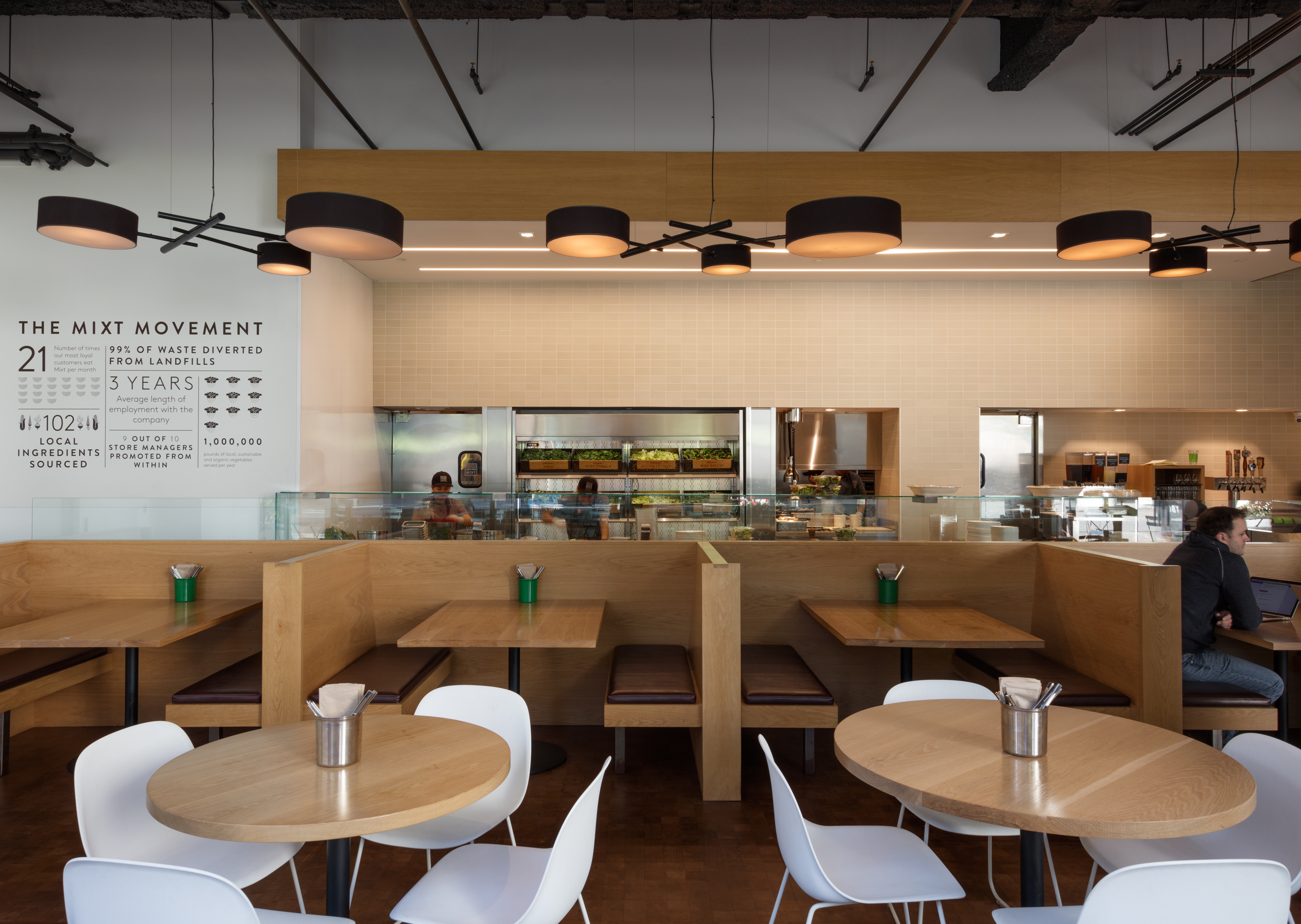
van Moessner spoke about “leveraging partitions in dining rooms to create more contained dining experiences”. Interventions, like sliding doors, could change the size of the room to create semi-private dining rooms and the iconic American tradition of the restaurant booth could regain prominence as families look to feel shielded from contamination.
Materials
Copper’s resistance to bacteria spread has long been touted but a study from 2007 by the American Society for Microbiology found that seasonal flu particles were dramatically less likely to survive on copper when tested against stainless steel. An increased use of copper in restaurants may make diners feel safer but it is also a beautiful material. It has a timeless quality which, even with a modern aesthetic, can evoke a warm and sensuous restaurant environment.
Antimicrobial materials and coatings such as treatments by Microban or Wilsonart, typical for surfaces in healthcare environments, could also become more common in restaurant settings.
Automated Restaurants/Automation
There are reports that the robotization of some factories has accelerated while workers are forced to stay home. A similar rise in automation is not unimaginable for restaurants like those already popular in Japan, think sushi conveyor belts but with dedicated lanes for your order and receptacles for your dirty plates.
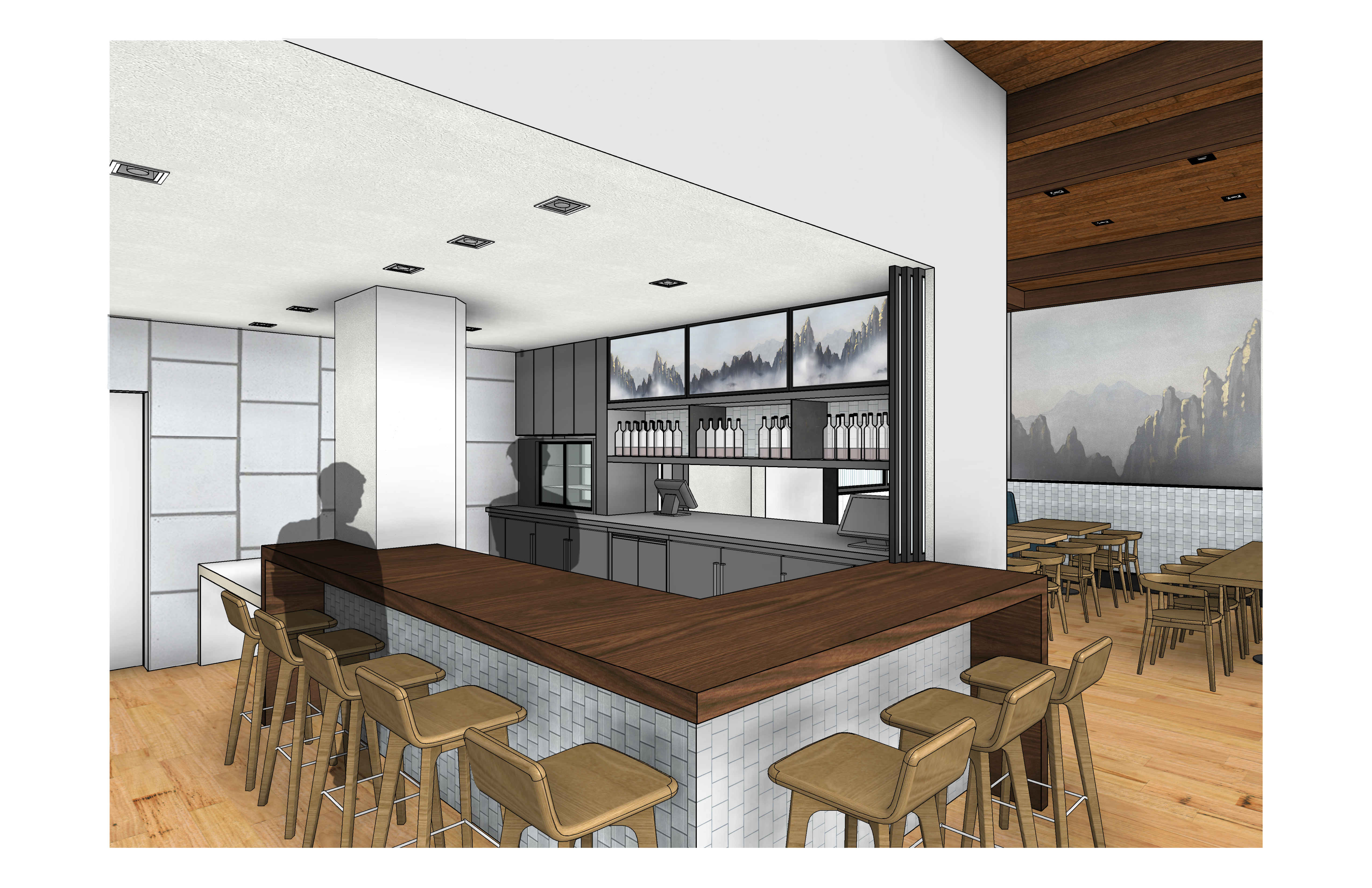
In San Francisco, culinary robotics company Creator already uses an all-inclusive burger making machine that can prepare a meal in five minutes. Creator were still keen to “support an intimate, social, human-interaction-rich service experience”, however, so people still take the orders, deliver the food and design the menu.
The great news is that financial help is available to restaurants if they need any upgrades as the recently approved CARES Act included a major tax relief for tenant improvements to commercial properties.
Duff also acknowledged that normality would indeed resume. “Ultimately, there will be a vaccine, to combat the virus and once that is in place, we can all go back to restaurants the way we remembered going to them,” he said.
Top photo by Lucas Fladzinski

